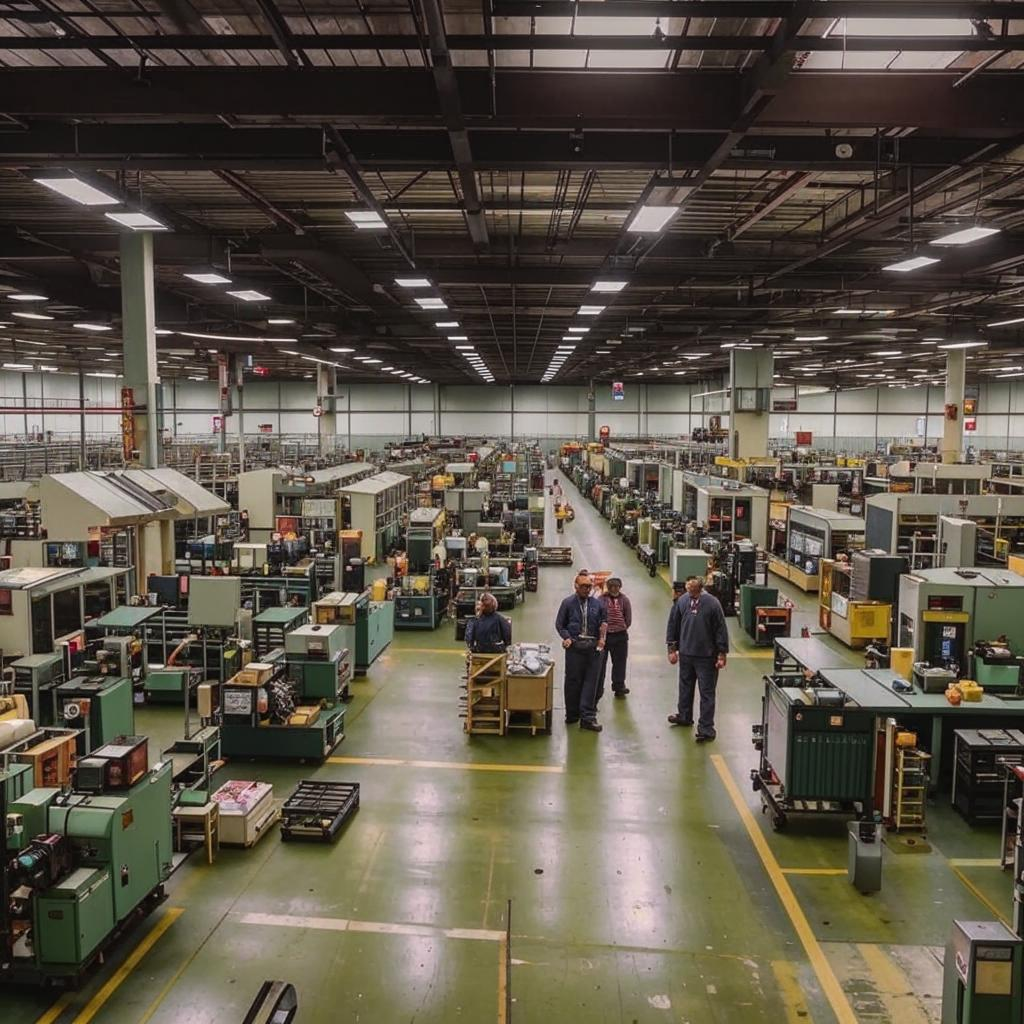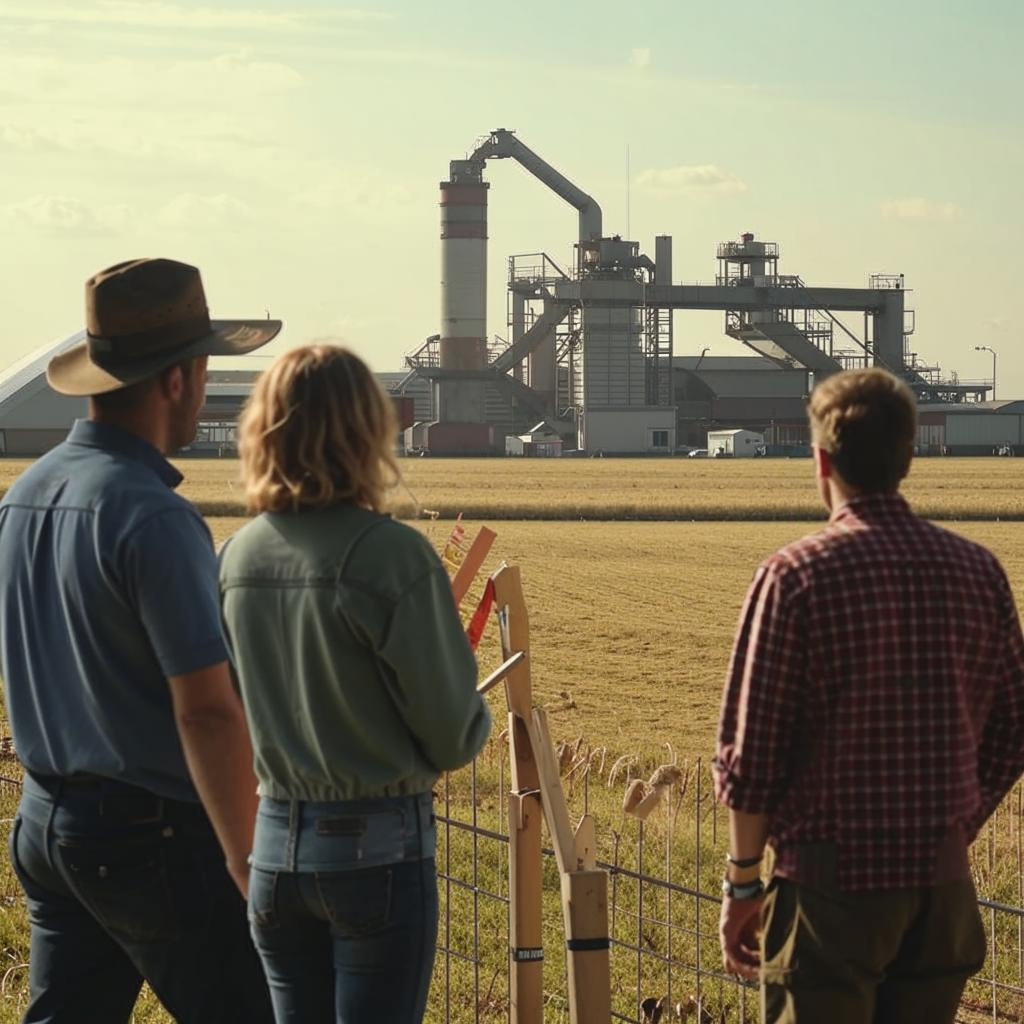Central Minnesota employers are grappling with the increasing challenges posed by an aging workforce. As baby boomers retire and fewer young workers enter the labor market, businesses face potential labor shortages, loss of institutional knowledge, and increased healthcare costs.
Strategies to mitigate these challenges include implementing flexible work arrangements to retain older employees. Offering phased retirement, part-time positions, and consulting roles can allow experienced workers to remain productive while transitioning into retirement.
Investing in training and development programs is crucial to upskill younger employees and bridge the skills gap created by retiring workers. Mentorship programs can also facilitate the transfer of knowledge from experienced employees to newer staff, preserving valuable expertise within the organization.
Employers should also focus on creating age-friendly workplaces that are accessible and inclusive for all employees. This includes ergonomic workstations, adaptive technologies, and a culture that values the contributions of workers of all ages.
Addressing healthcare costs is another key consideration. Employers can explore options such as wellness programs, preventive care initiatives, and alternative healthcare plans to manage costs and improve employee health.
Ultimately, a proactive and comprehensive approach is needed to address the challenges of an aging workforce. By implementing innovative strategies and fostering a supportive work environment, Central Minnesota employers can ensure a sustainable and productive workforce for the future.
Finishtit












